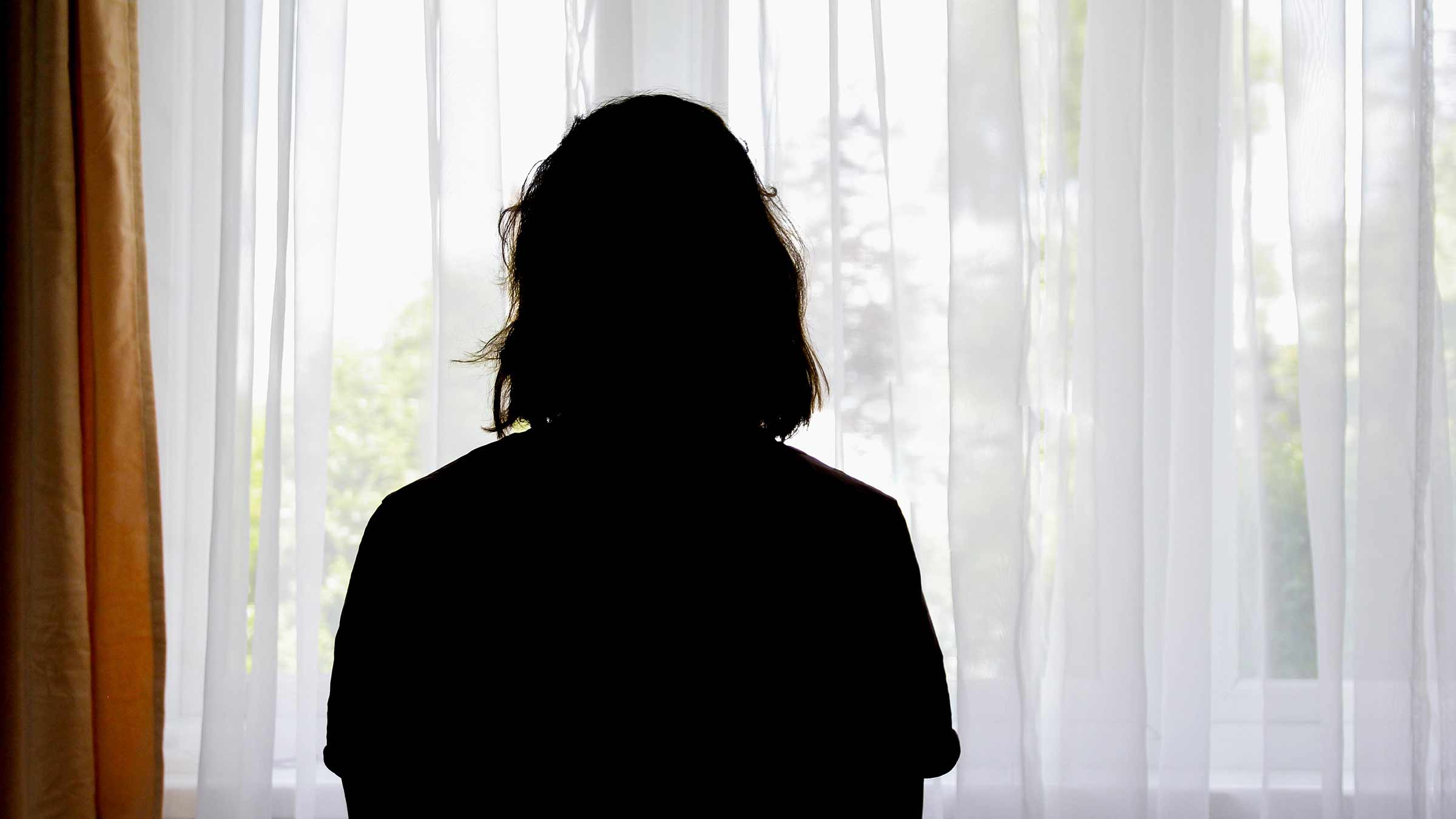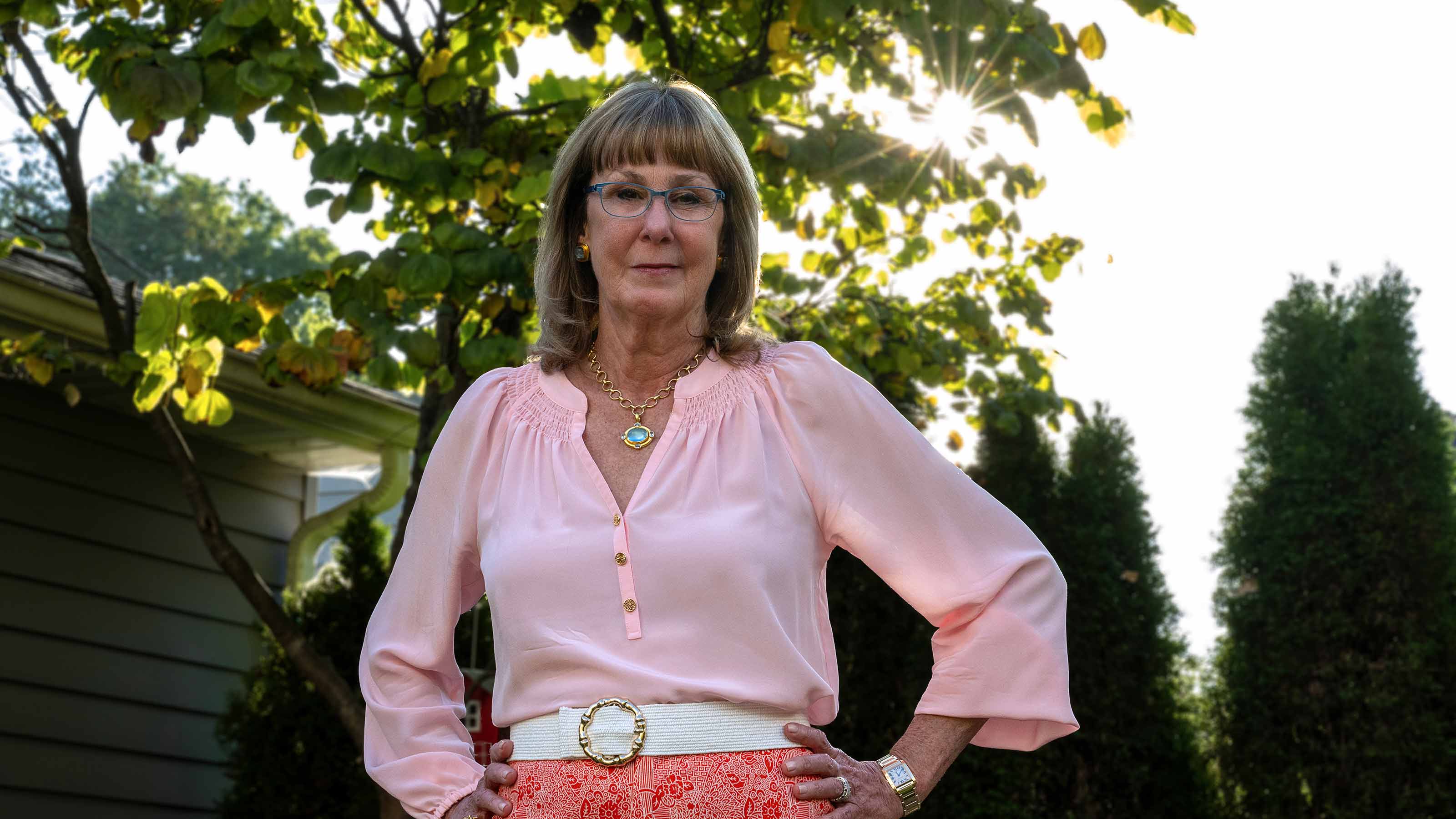An interview with Justin C. Baker, PhD, assistant professor and director, Suicide and Trauma Reduction Initiative (STRIVE) and C. Rosie Bauder, PhD, MPH, assistant professor and director, Suicide and Trauma Reduction Initiative (STRIVE) R&R Program, in the Department of Psychiatry and Behavioral Health at The Ohio State University College of Medicine.
- Question Suicide rates continue to climb in the United States despite an increase in mental health awareness and availability of treatment. What are we getting wrong about suicide prevention?
-
Answer
Historically, we may have focused on known risk factors, such as mental health disorders like depression and post-traumatic stress disorder (PTSD), to identify individuals with heightened suicide risk.
This meant we missed many people who were struggling with suicidal thoughts or who made a suicide attempt without having a mental health disorder. Factors like personal decision-making styles, level of intensity in reaction to life stressors, deficits in emotion regulation, or the availability of lethal means, such as firearms, all play a part in increasing someone’s vulnerability to suicide.
- Question As part of your research, you study people who have survived a suicide attempt. What have you learned from those survivors that supports your assertion that there’s more to suicide than underlying mental health conditions?
-
Answer
Reports from survivors allowed us to gauge how much time passed between their thinking of suicide and their attempt. One quarter of them reported the time frame was five minutes or less. People need effective intervention before everything builds up to the point that they think ending their lives is the best way to end the emotional pain and pressure.
- Question Dr. Baker, you led a randomized clinical trial evaluating brief cognitive behavioral therapy for suicide prevention, or BCBT, over telehealth. What did you find?
-
Answer
When the COVID-19 pandemic hit, mental health providers suddenly shifted, overnight and with little training, to providing care via telehealth. Prior to the pandemic, one of the exclusionary criteria for appropriateness for telehealth was the presence of suicidal ideation or a recent suicide attempt. This meant that when providers shifted to telehealth those who needed care the most were suddenly left with limited options.
To combat this, I led a telehealth study using BCBT to demonstrate that evidence-based treatment for high-risk suicidal individuals could be done safely and effectively. Specifically, those who received BCBT demonstrated significantly fewer suicide attempts during the one-year follow-up period than those were received present-centered therapy. Both treatments significantly reduced suicidal ideation.
- Question Dr. Bauder, STRIVE has the R&R Program, which offers both suicide and PTSD treatment. What do you see among those who complete treatment?
-
Answer
Results from the very first BCBT study indicated that BCBT reduced suicide attempts by 60% as compared to traditional treatment. A subsequent randomized clinical trial demonstrated that the crisis response plan, a single session intervention to reduce suicide risk, reduced suicide attempts by 76% compared to treatment as usual.
Through the STRIVE R&R program, we have continued to expand upon these early findings through continued refinement of treatments for both suicide and PTSD. We have demonstrated that changing how treatment is delivered, from weekly to daily, can reduce dropout rates and the time treatment takes (~ 2 weeks), all while maintaining efficacy like traditional treatment approaches.
Our program is also one of the first in the country to demonstrate how crisis response planning, when combined with an evidence-based treatment for PTSD, can lead to significant reductions in both suicide risk and trauma symptoms. In our prior military and veteran cohort of R&R, we found that among those who completed crisis response planning while also receiving PTSD treatment had faster and larger reductions in suicide risk compared to those who completed self-guided safety planning.
- Question This is definitely a paradigm shift from traditional ways of thinking about suicide prevention and treatment. How is this kind of care different?
-
Answer
It builds in support upstream from an acute crisis and provides care that proactively addresses the untold suicide risk factors affecting our loved ones and ourselves. We often say that treatment enables you to “become your own therapist.” Instead of focusing on alleviating death and keeping people alive, we help people find their own meaningful reasons to live.
For more information, visit go.osu.edu/strive to read more about suicide and PTSD research taking place.

Help for mental health conditions
Ohio State offers personalized, compassionate care for your mental health concerns.
Learn more






